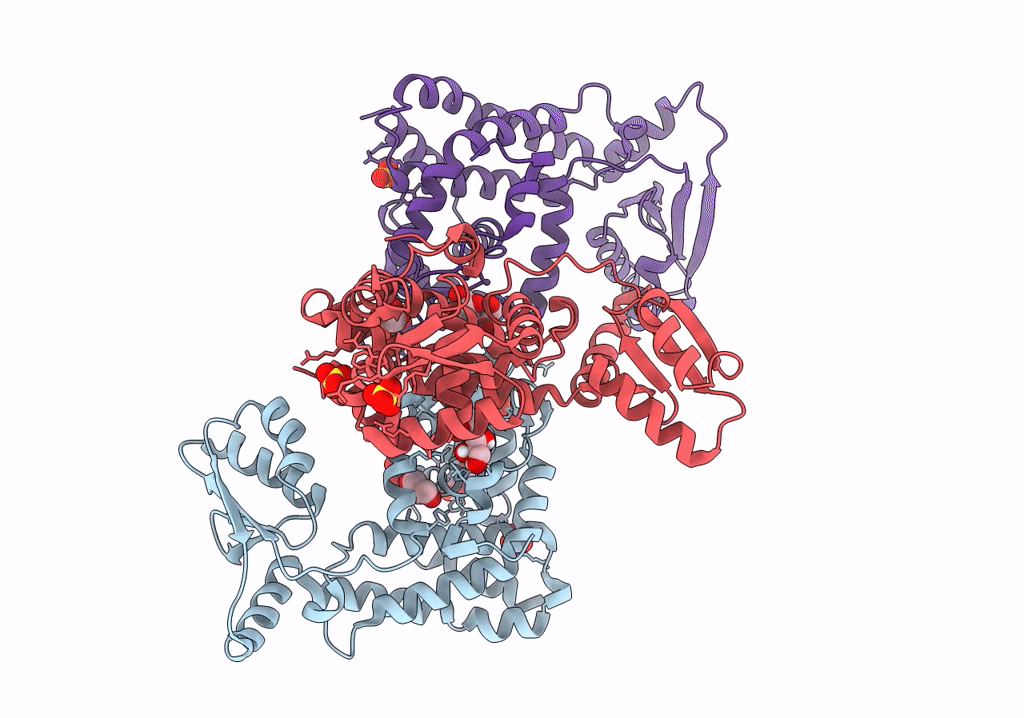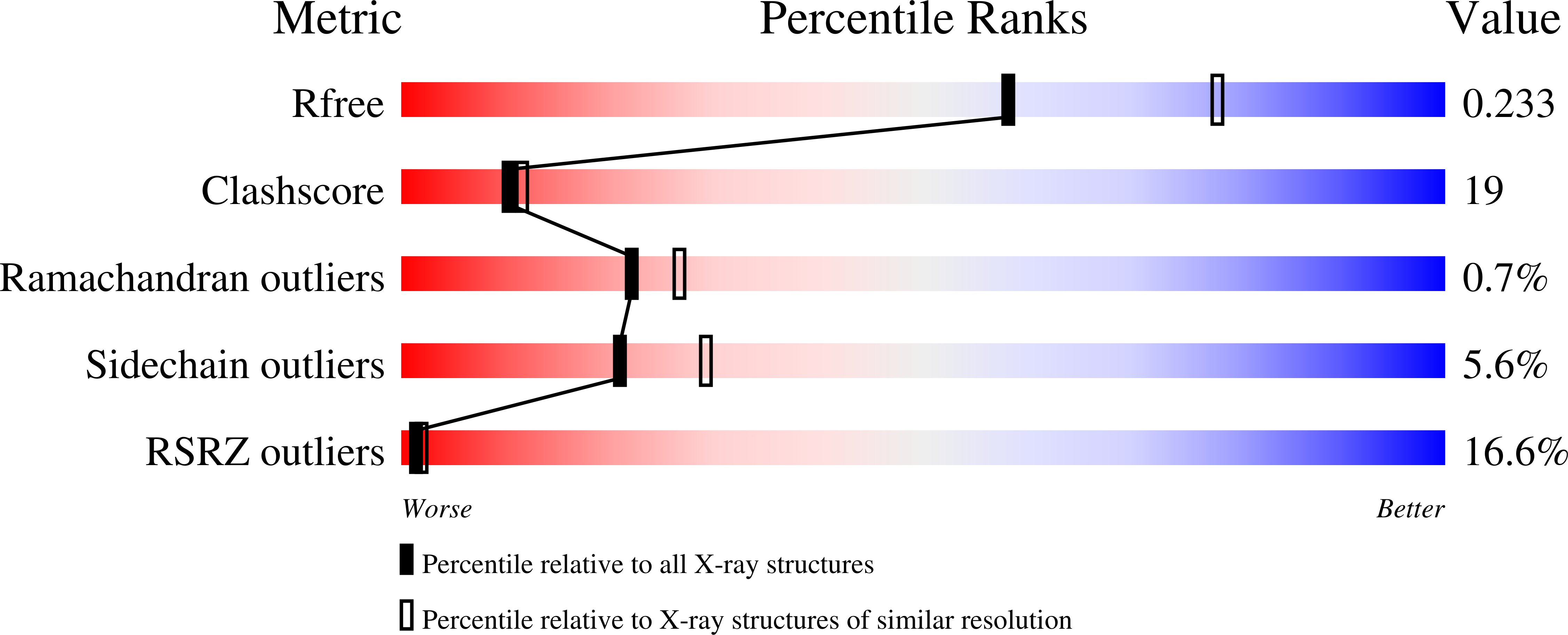
Deposition Date
2022-06-07
Release Date
2023-07-05
Last Version Date
2024-01-17
Entry Detail
Biological Source:
Source Organism:
Escherichia coli W (Taxon ID: 566546)
Host Organism:
Method Details:
Experimental Method:
Resolution:
2.30 Å
R-Value Free:
0.24
R-Value Work:
0.19
R-Value Observed:
0.19
Space Group:
C 1 2 1


